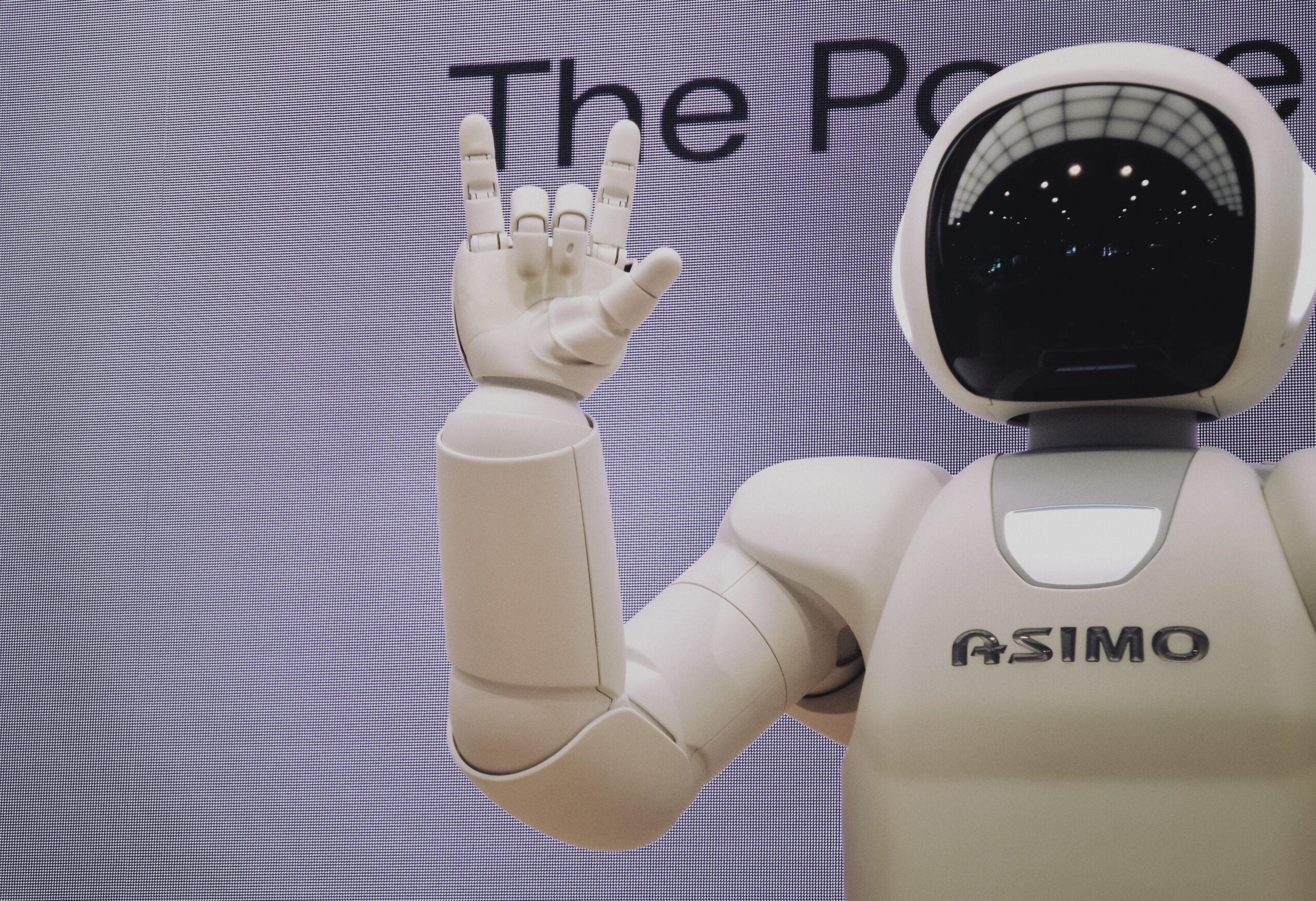
Understanding the RPA Revolution: Transforming Digital Work
In the rapidly evolving landscape of digital transformation, Robotic Process Automation (RPA) has emerged as a groundbreaking technology that is fundamentally reshaping how organizations approach repetitive, rule-based tasks. Imagine a world where complex, time-consuming digital workflows are seamlessly executed with precision, speed, and zero human error—this is the promise of RPA.
The Genesis of Robotic Process Automation
Robotic Process Automation represents a sophisticated technological approach that enables organizations to configure software robots or "digital workers" to capture, interpret, and execute structured digital tasks across multiple software platforms. Unlike traditional automation methods, RPA mimics human interactions with digital interfaces, creating a more intelligent and adaptable automation ecosystem.
The Technological Architecture of RPA
At its core, RPA operates through a complex yet elegant technological framework designed to replicate human interactions with digital systems. These software robots are programmed to understand and execute predefined rules, interact with multiple applications, and perform tasks with remarkable accuracy and consistency.
Key Technological Components
RPA systems typically consist of several critical technological components:
Process Identification Engine: Analyzes and maps existing business processes to determine automation potential.
Bot Development Platform: Provides tools for designing, configuring, and deploying software robots.
Execution Management System: Orchestrates robot workflows, manages task scheduling, and monitors performance.
Machine Learning Integration: Enables adaptive learning and continuous process improvement.
Market Dynamics: The RPA Ecosystem in 2024
The global RPA market has experienced exponential growth, reflecting the technology‘s transformative potential. According to recent market research, the RPA market is projected to reach [8.75 billion USD by 2024], with an impressive compound annual growth rate of approximately 40.6%.
Sector-Specific Adoption Trends
Different industries have embraced RPA with varying levels of enthusiasm:
- Banking and Financial Services: Leading RPA adoption with complex, rule-based processes
- Healthcare: Streamlining administrative and patient management workflows
- Insurance: Automating claims processing and regulatory compliance
- Manufacturing: Optimizing supply chain and inventory management
Top 8 RPA Tools: A Comprehensive Exploration
1. UiPath: The Industry Benchmark
UiPath has established itself as a frontrunner in the RPA landscape, offering a comprehensive automation platform that combines ease of use with powerful functionality. Its visual development environment allows even non-technical users to design sophisticated automation workflows.
Key Features:
- Intuitive drag-and-drop interface
- Extensive template library
- Strong community support
- Advanced analytics capabilities
2. Automation Anywhere: Enterprise-Grade Automation
Automation Anywhere provides a cloud-based RPA platform designed for large-scale, complex enterprise environments. Its intelligent automation features set it apart from traditional RPA tools.
Distinctive Capabilities:
- Advanced cognitive automation
- Enterprise-level security protocols
- Scalable digital workforce management
- AI-powered process discovery
3. Blue Prism: Robust and Scalable Automation
Blue Prism offers a sophisticated RPA solution focused on delivering enterprise-grade digital workforce capabilities. Its no-code development approach makes it accessible to organizations with diverse technological capabilities.
Standout Characteristics:
- Highly secure automation framework
- Comprehensive compliance features
- Scalable digital worker deployment
- Advanced process orchestration
4. Microsoft Power Automate: Seamless Ecosystem Integration
Leveraging the power of the Microsoft ecosystem, Power Automate provides a streamlined RPA solution that integrates effortlessly with existing Microsoft technologies.
Integration Strengths:
- Native Microsoft platform compatibility
- Low-code development environment
- AI builder capabilities
- Extensive connector library
5. Octoparse: Web Scraping Specialization
Octoparse stands out as a specialized web data extraction tool that combines RPA principles with advanced web scraping capabilities.
Web Scraping Features:
- No-code data extraction
- Comprehensive website template library
- Cloud-based data collection
- Multiple export format support
6. Celonis: Process Intelligence Leader
Celonis goes beyond traditional RPA by offering advanced process mining and intelligent automation capabilities.
Intelligent Automation Approach:
- Comprehensive process analysis
- AI-driven optimization recommendations
- Real-time process performance monitoring
- Advanced workflow redesign tools
7. WinActor: Japanese Market Innovation
Developed by the NTT Group, WinActor represents a powerful RPA solution tailored for the Japanese market and enterprise ecosystem.
Unique Characteristics:
- Scenario-based automation
- User-friendly interface
- Extensive industry-specific templates
- Robust customer support infrastructure
8. SynchRoid: Simplified Automation Solution
SynchRoid offers a simplified approach to RPA, focusing on accessibility and ease of implementation.
Accessibility Features:
- GUI-based development
- Low IT skill requirements
- Flexible execution environments
- Comprehensive training support
Implementation Strategies and Challenges
Successful RPA implementation requires a strategic, holistic approach that goes beyond technological deployment. Organizations must consider cultural, operational, and technological factors to maximize automation potential.
Key Implementation Considerations
- Comprehensive change management
- Continuous employee training
- Clear performance metrics
- Phased deployment approach
- Ongoing process optimization
Future Trajectory: RPA and Emerging Technologies
The future of RPA is intrinsically linked with emerging technologies like artificial intelligence, machine learning, and cognitive computing. As these technologies converge, we can anticipate more intelligent, adaptive, and autonomous automation solutions.
Emerging Trends
- Hyper-automation
- Cognitive process automation
- Enhanced machine learning integration
- Predictive workflow optimization
Conclusion: Embracing the Automation Revolution
Robotic Process Automation represents more than a technological trend—it‘s a fundamental reimagining of work. By strategically implementing RPA, organizations can unlock unprecedented levels of efficiency, accuracy, and innovation.
Your journey into the world of RPA begins with understanding, strategic planning, and a commitment to continuous learning and adaptation.










